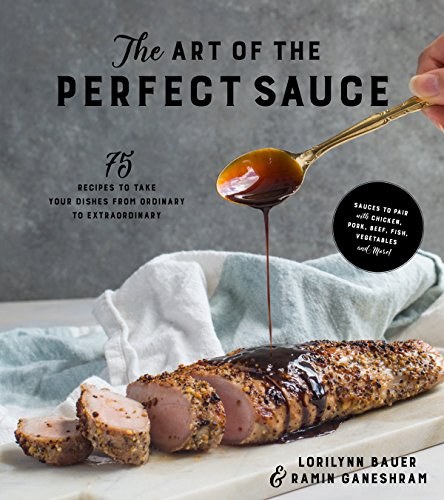"The Art of Stealing Recipes: How to Innovate in the Kitchen with Inspiration from Others' Culinary Creations"
Guide or Summary:Understanding the Concept of Stealing RecipesThe Benefits of Stealing RecipesHow to Steal Recipes EthicallyExamples of Stealing Recipes in……
Guide or Summary:
- Understanding the Concept of Stealing Recipes
- The Benefits of Stealing Recipes
- How to Steal Recipes Ethically
- Examples of Stealing Recipes in Action
#### Description:
In the world of culinary arts, the phrase "stealing recipes" often carries a negative connotation. However, in reality, it refers to a practice that has been around for centuries: drawing inspiration from others' culinary creations to innovate and enhance one’s own cooking skills. This article delves into the nuances of "stealing recipes," exploring how chefs and home cooks alike can benefit from this practice while maintaining respect for the original creators.
Understanding the Concept of Stealing Recipes
Stealing recipes does not imply outright copying someone else's work without giving credit. Instead, it is about taking inspiration from various sources—be it a family recipe, a dish from a restaurant, or a popular food blog—and adding your unique twist to it. This approach fosters creativity and allows cooks to experiment with flavors, techniques, and presentation.
When you "steal" a recipe, you are essentially engaging in a dialogue with the culinary world. You are acknowledging the influence of others while also making it your own. This practice can lead to the development of new dishes that pay homage to the original but stand on their own as unique creations.

The Benefits of Stealing Recipes
There are numerous advantages to the practice of stealing recipes. Firstly, it allows cooks to expand their culinary repertoire. By experimenting with different styles and techniques, you can learn new skills and enhance your cooking capabilities. For instance, if you come across a pasta recipe that uses a unique sauce, you might decide to incorporate that sauce into your own pasta dish, thus broadening your understanding of flavor combinations.
Secondly, stealing recipes can foster a sense of community among cooks. Sharing adaptations of recipes can lead to discussions about cooking techniques, ingredient substitutions, and personal preferences. This collaborative spirit can be incredibly enriching, as it encourages the exchange of ideas and the celebration of culinary diversity.
How to Steal Recipes Ethically
To engage in the practice of stealing recipes ethically, it's essential to respect the original creators. Here are some guidelines to follow:
1. **Give Credit**: If you are inspired by a specific recipe, acknowledge the source. This could be as simple as mentioning the original creator in your blog post or social media share.
2. **Make It Your Own**: While it’s fine to take inspiration, always add your personal touch. This could be through ingredient substitutions, adjustments in cooking methods, or unique plating techniques.
3. **Experiment and Share**: Don’t be afraid to try new things. If a recipe calls for a specific herb that you don’t have, experiment with what you do have. Share your results with others, and encourage them to do the same.
Examples of Stealing Recipes in Action
Consider the classic chocolate chip cookie. Many bakers have their own version of this beloved treat, often inspired by others. One might take a traditional recipe and decide to add a pinch of sea salt for an extra flavor dimension or swap out half of the chocolate chips for nuts. These subtle changes can create an entirely new experience while still honoring the original recipe.
Another example can be found in the world of fusion cuisine, where chefs blend culinary traditions from different cultures. A chef might take a traditional Italian risotto and infuse it with flavors from Thai cuisine, such as coconut milk and lemongrass. This not only showcases the versatility of the original dish but also introduces diners to new and exciting flavor profiles.

Stealing recipes, when done thoughtfully and ethically, can be a powerful tool for any cook looking to enhance their culinary skills. It encourages creativity, fosters community, and allows for the exploration of diverse flavors and techniques. So, the next time you come across a recipe that sparks your interest, don’t hesitate to take inspiration—just remember to make it your own and give credit where it’s due. Happy cooking!